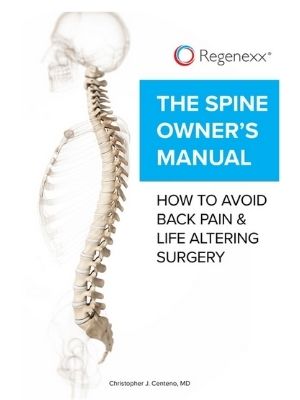Rapid Heart Rate
Get Help With Rapid Heart RateRapid Heart Rate (Tachycardia) that Doesn’t Go Away
Rapid heart can be debilitating compromising your wellbeing and ability to complete the easiest of tasks. Normal resting adult heart rate ranges from 60-95 beats per minute. Tachycardia is a medical term for heart rates of 100 beats per minute or more. Most of us have experienced rapid heart rates after vigorous exertion or exercise. Remember how your heart was rapidly beating after wind sprints or chasing after your dog who jumped the fence? Your heart was rapidly pounding in your chest. Unfortunately for some patients that is their baseline. Imagine studying, playing an instrument, or caring for a loved one with your heart rapidly pounding.
Rapid Heart Rate & Upper Cervical Laxity
There are many different causes of rapid heart rate. The most common include fever, high or low blood pressure, overactive thyroid, heart disease, heart valve disease, medications, electrolyte imbalances, and arrhythmias. Patients with Craniocervical Instability (CCI) can also have persistent or episodic rapid heart rates. Many spend weeks to months and thousands of dollars in extensive cardiology workups only to be told that all their studies are normal. In most cases, patients with CCI have a rapid heart rate that is not due to heart disease. Rather it is due to an imbalance of the autonomic nervous system.
Conditions in Which Rapid Heart Rate Could Be a Symptom
Atlantoaxial Instability (AAI)
Instability simply means that bones move around too much, usually due to damaged ligaments. In the spine, this can cause nerves to get banged into and joints to get damaged. In the craniocervical junction, instability can cause the upper cervical spinal nerves to get irritated, leading to headaches. In addition, the C0-C1 and C1-C2 facet joints can also get damaged. In addition, there are other nerves that exit the skull here that can get irritated, like the vagus nerve, which can cause rapid heart rate. What’s the Difference Between CCI and AAI? CCI refers to instability in any part of the craniocervical junction…
Read More About Atlantoaxial Instability (AAI)CCI
Craniocervical Instability is a medical condition characterized by injury and instability of the ligaments that hold your head onto the neck. Common symptoms of Cranial Cervical Instability include a painful, heavy head, headache, rapid heart rate, brain fog, neck pain, visual problems, dizziness, and chronic fatigue.CCI or neck ligament laxity treatment options depend upon the severity of the instability and clinical symptoms. When appropriate, conservative care should always be the first-line treatment. Craniocervical Instability Surgery is often recommended when conservative care fails. This involves a fusion of the head to the neck which is a major surgery that is associated with significant risks and complications…
Read More About CCICervical Medullary Syndrome
Cervical Medullary Syndrome is a clinical condition that occurs as a result of inflammation, deformity, or compression of the lower part of the brain. Symptoms can be extensive with fluctuating severity based upon the extent of the underlying injury. For example, mild irritation of the brainstem may cause only mild, intermittent symptoms. The upper cervical spine and brain are complex with multiple structures. These structures reside within the skull and protective confines of the cervical spine. Neither expands to accommodate inflammation, injury, and disease. Rather the delicate tissues of the brain and spinal cord are irritated or compressed. The 4 major conditions that cause cervical medullary syndrome are…
Read More About Cervical Medullary SyndromeCraniocervical Instability
Craniocervical Instability is a medical condition characterized by injury and instability of the ligaments that hold your head onto the neck. Common symptoms of Cranial Cervical Instability include a painful, heavy head, headache, rapid heart rate, brain fog, neck pain, visual problems, dizziness, and chronic fatigue.CCI or neck ligament laxity treatment options depend upon the severity of the instability and clinical symptoms. When appropriate, conservative care should always be the first-line treatment. Craniocervical Instability Surgery is often recommended when conservative care fails. This involves a fusion of the head to the neck which is a major surgery that is associated with significant risks and complications…
Read More About Craniocervical InstabilityEDS in Children
Ehlers-Danlos Syndrome (EDS) refers to a group of disorders that affect the body’s connective tissue including skin, tendons, and ligaments. It is a hereditary disorder which means you are born with it. EDS has many different signs and symptoms which can vary significantly from patient to patient. It most commonly affects the skin, joints, and blood vessels. The estimated prevalence for all EDS varies between 1/10,000 and 1/25,000. The three most common types of EDS are: Hypermobile, Classic, and Vascular. We have used these skills and knowledge to treat the loose ligaments commonly found in EDS in children. Treatment options include bone marrow concentrate (BMC) and PRP.
Read More About EDS in Children



